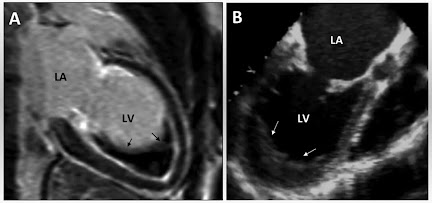Digestion of protein
Definition
Broken down of big food particles into small food particles by the chemical process, which can be absorbed and use as a nutrients.- The enzyme which help in protein digestion called proteolytic enzyme.
 |
| Enzymes of protein digestion |
Digestion of protein in mouth
Saliva secrets in the mouth which don't have any proteolytic enzymes, so protein digestion not occur in the mouth.Protein digestion in stomach
Gastric juice contain a proteolytic enzyme called pepsin. Pepsin act on protein and converts into protease, peptone and polypeptide. pepsin act in highly acidic medium.Digestion of protein in small intestine
Small intestine contain two juices...
1. Pancreatic juice
2. Succus entericus
Pancreatic juice
Pancreatic juice have carboxy peptidase and endo-peptidase ( trypsin and chymotrypsin ) enzymes, these enzyme are proteolytic enzyme.
- Trypsin act on protein and convert into di-peptide.
- Chymotrypsin act on peptone and convert into tri-peptides and poly-peptide.
- Carboxy-peptidase act on dipeptide, tri-peptide and poly-peptide and converts into amino-acids.
Succus entericus
It has many enzymes...
- Mono-peptidase - it act on mono-peptide and convert into amino-acids.
- Di-peptidase - it act on dipeptide and convert into amino-acids.
- Tri-peptidase - it act on tri-peptide and convert into amino-acids.
- Poly-peptidase - it act on poly-peptide and convert into amino-acids.
- Protein absorbed with sodium in the form of amino-acids from small intestine.
- Protein fastly absorbed and duodenum and jejunum and slowly in the ilium.






No comments:
Post a Comment
Please do not enter any spam link in the comment box